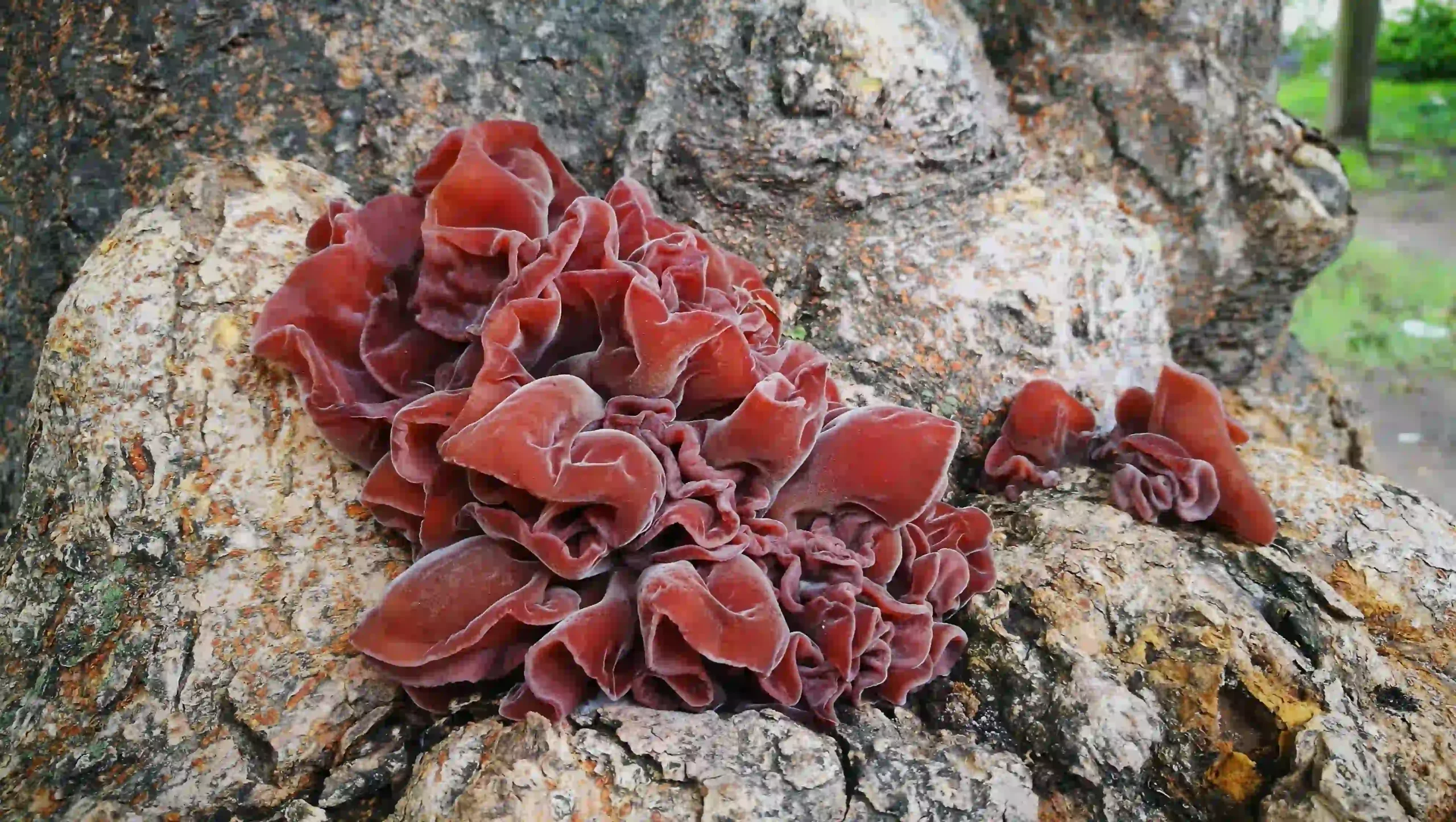Colorado’s Psychedelic Therapy Industry Takes Shape
Colorado is on the brink of a groundbreaking development in mental health treatment as it prepares to launch its psychedelic therapy program this spring. The state has begun accepting applications for licenses related to psilocybin-assisted therapy, including healing centers, mushroom cultivations, product manufacturing, and testing facilities. This innovative approach to mental health care is generating significant interest, particularly along the Front Range, with proposed healing centers in Denver, Aurora, Centennial, and Lakewood.
The emergence of psychedelic-assisted therapy in Colorado represents a paradigm shift in mental health treatment. While underground use of psychedelics for therapeutic purposes has existed for years, recent clinical research has highlighted psilocybin‘s potential in treating conditions such as major depression and post-traumatic stress disorder. This growing body of evidence has contributed to increased public acceptance and the subsequent voter approval for a regulated system to provide access to this novel treatment.
The therapy involves supervised psilocybin trips under the guidance of licensed facilitators. Once the business ecosystem is established later this year, individuals aged 21 and older will have access to this alternative form of mental health treatment. This development marks a significant step forward in expanding the options available for those seeking relief from mental health challenges.
Commentary by SuppBase columnist Alice Winters:

As a health product commentator with extensive experience in nutritional science and market trends, I find Colorado’s move towards legalizing psilocybin-assisted therapy both intriguing and potentially transformative for the mental health landscape. This development deserves a closer examination from various angles, including efficacy, safety, and societal impact.
First and foremost, the efficacy of psilocybin in treating mental health conditions is supported by a growing body of research. Studies have shown promising results in using psilocybin for treatment-resistant depression, anxiety in cancer patients, and substance use disorders. The neuroplasticity-inducing properties of psilocybin may explain its potential to create lasting changes in thought patterns and behaviors. However, it’s crucial to note that these studies have been conducted in controlled settings with careful patient selection, which may not always be replicated in a broader commercial environment.
Safety is a paramount concern when introducing any new treatment modality. While psilocybin has a relatively low toxicity profile compared to many pharmaceutical drugs, it’s not without risks. The psychological effects can be intense and potentially destabilizing for some individuals, particularly those with a history of psychosis or severe mental illness. The state’s licensing requirements for facilitators will be critical in mitigating these risks, but the effectiveness of these measures remains to be seen in practice.
The societal impact of legalizing psilocybin therapy could be far-reaching. On one hand, it offers hope for individuals who have not found relief through traditional treatments. On the other, it challenges long-held stigmas around psychedelic substances and may require significant public education efforts. The potential for misuse or recreational diversion also needs to be carefully monitored and addressed.
From a market perspective, the psychedelic therapy industry in Colorado represents a fascinating case study in the intersection of alternative medicine, mental health care, and regulatory frameworks. The concentration of initial applications along the Front Range suggests that urban and suburban areas may see the first wave of these services, potentially creating disparities in access for rural populations.
The pricing model for these therapies will be a crucial factor in determining their accessibility. Given the novelty and specialized nature of the treatment, costs may initially be prohibitive for many potential patients, especially considering that insurance coverage is unlikely in the near term. This could create a two-tiered system where psychedelic therapy becomes a luxury treatment option rather than an integrated part of mainstream mental health care.
Environmental considerations should not be overlooked. The cultivation of psilocybin mushrooms at scale will require careful management of resources and waste. Additionally, the sourcing and quality control of these natural products will be essential to ensure consistent potency and purity.
In conclusion, Colorado’s foray into legalized psilocybin therapy represents a bold step into uncharted territory. While the potential benefits are significant, so too are the challenges and risks. As this industry develops, it will be crucial to maintain a balance between innovation and caution, ensuring that the pursuit of new treatment options does not come at the expense of patient safety or societal well-being. The success or failure of this initiative could have far-reaching implications for mental health treatment nationwide and potentially globally.



